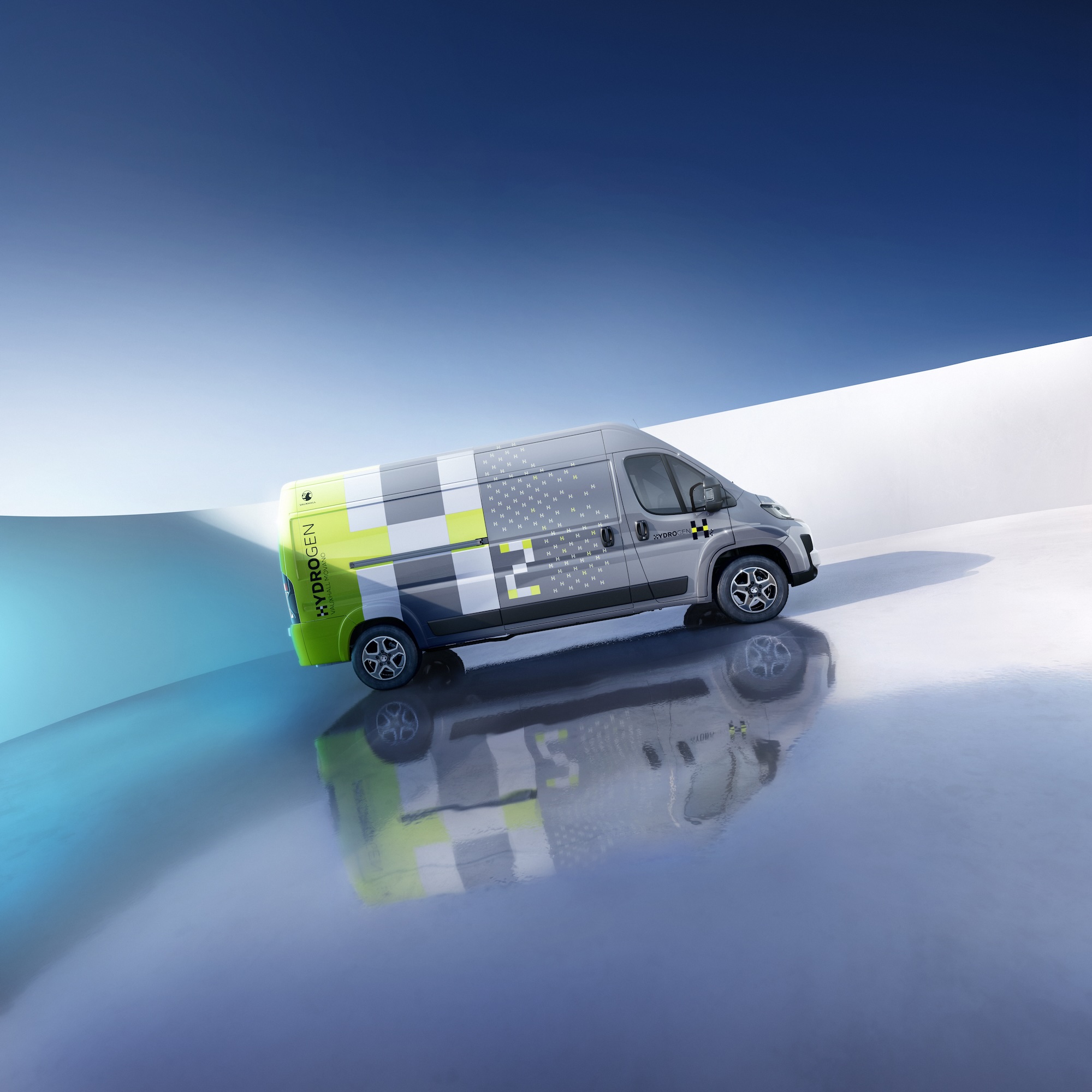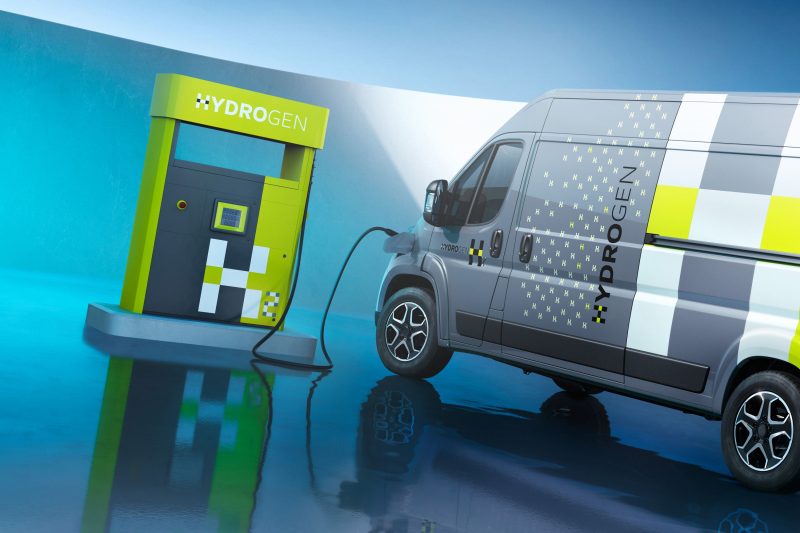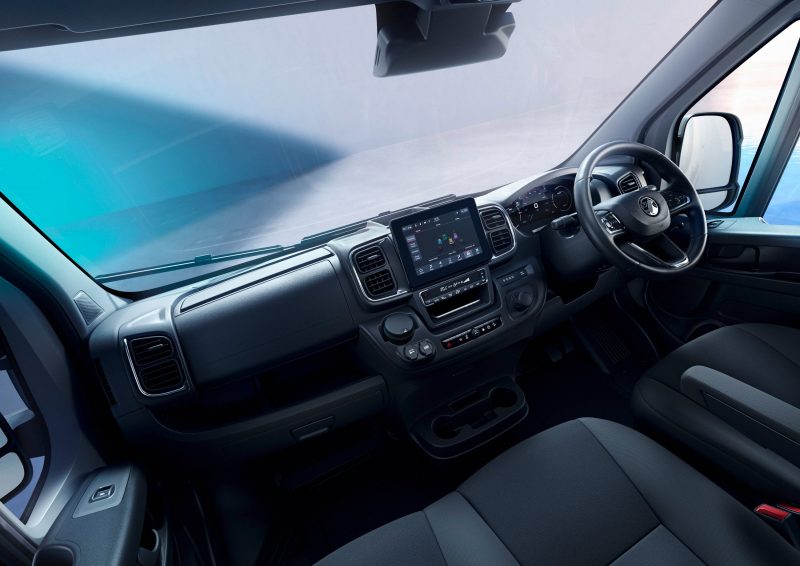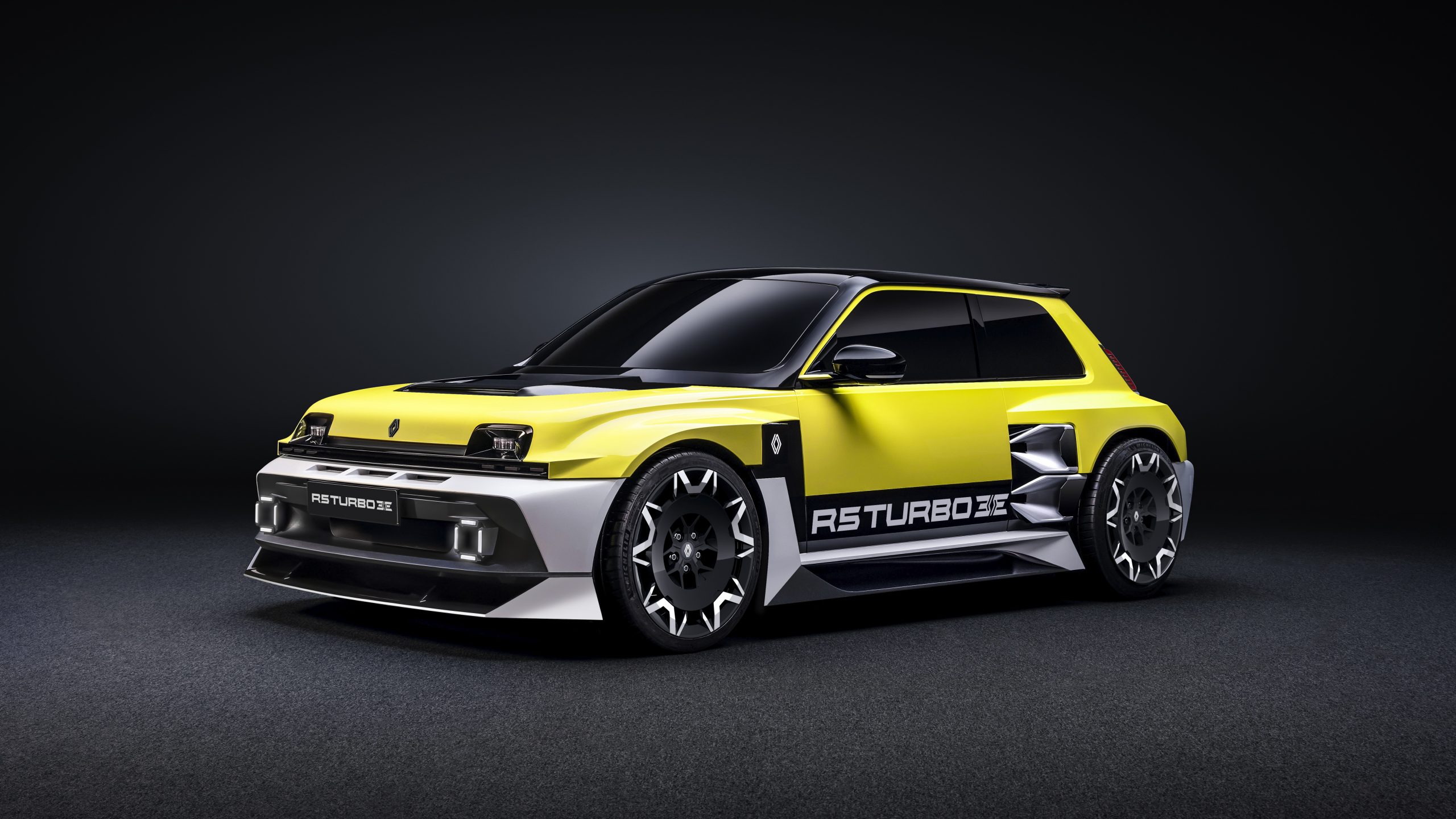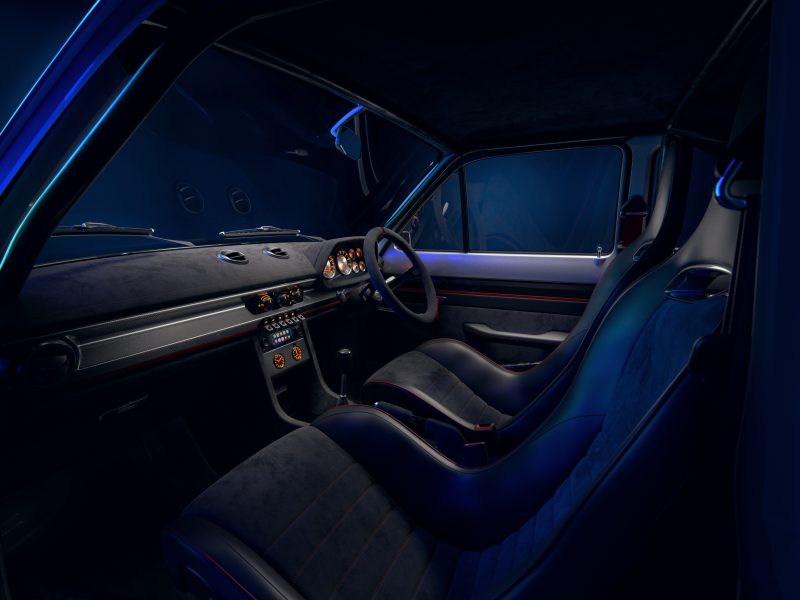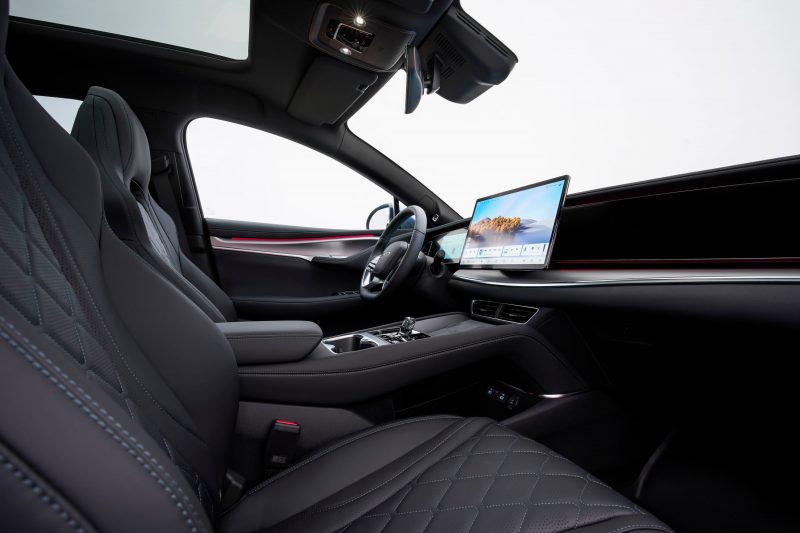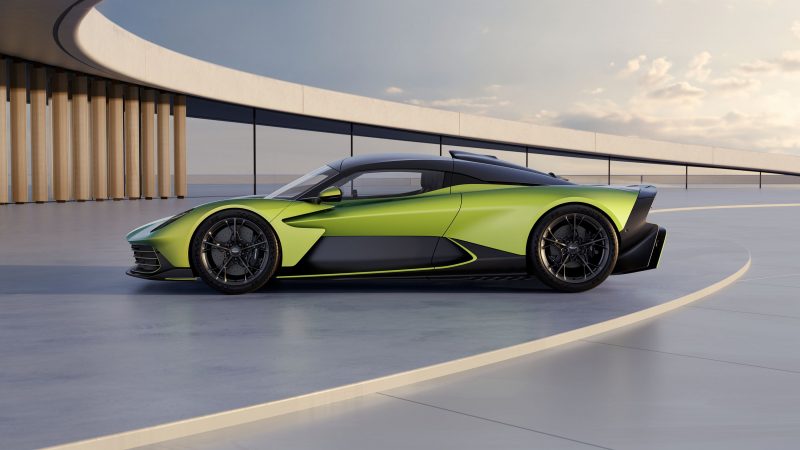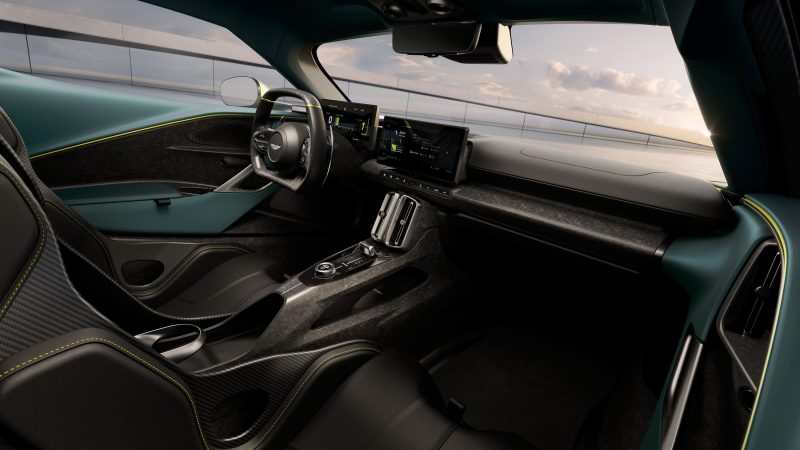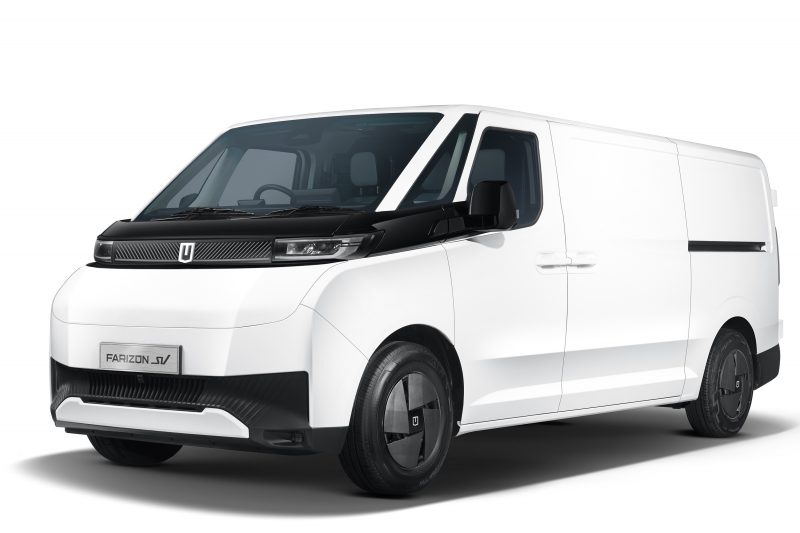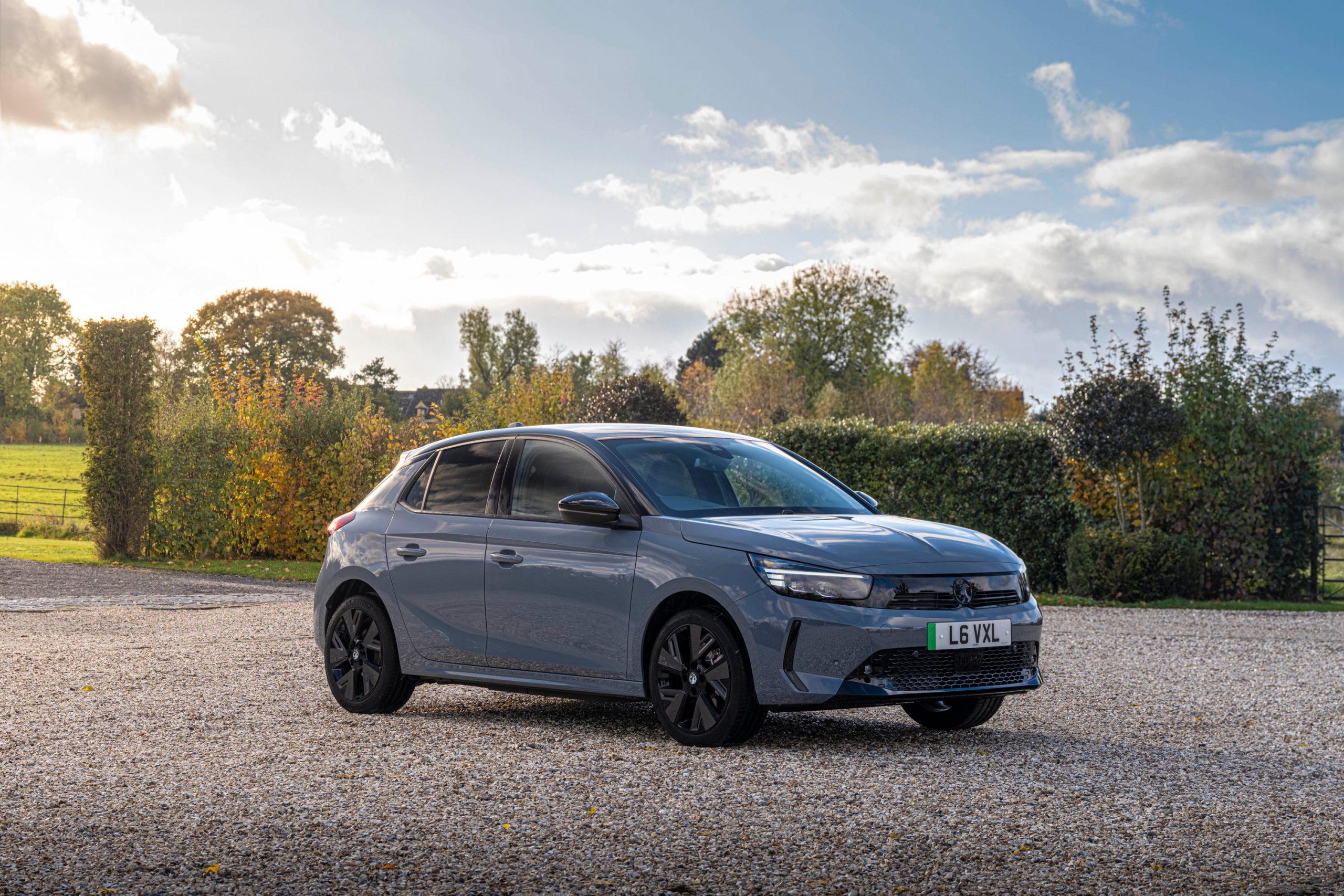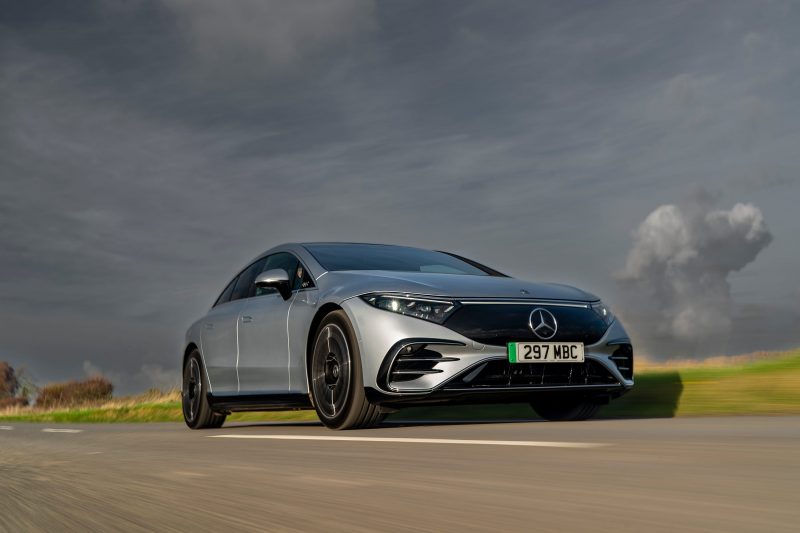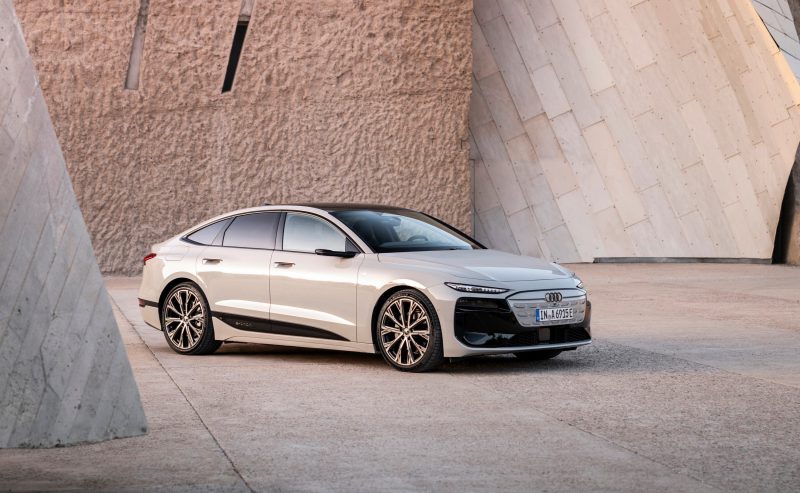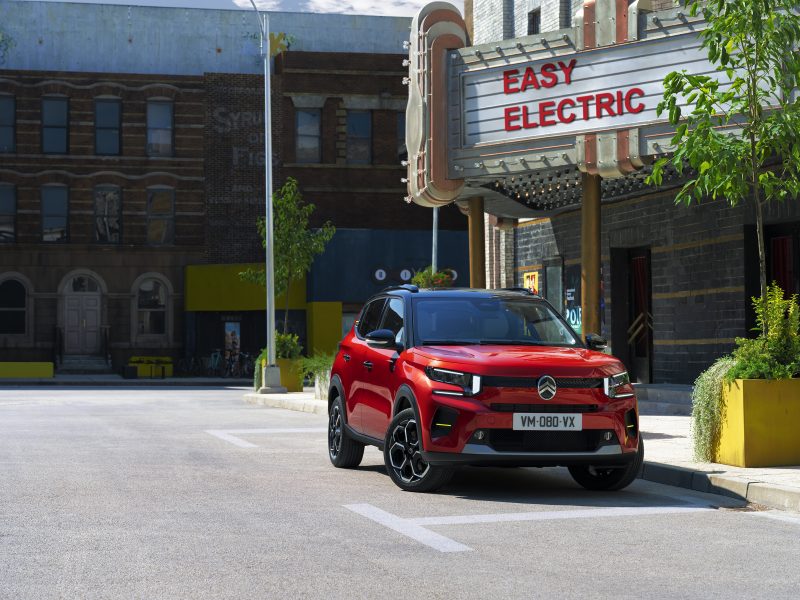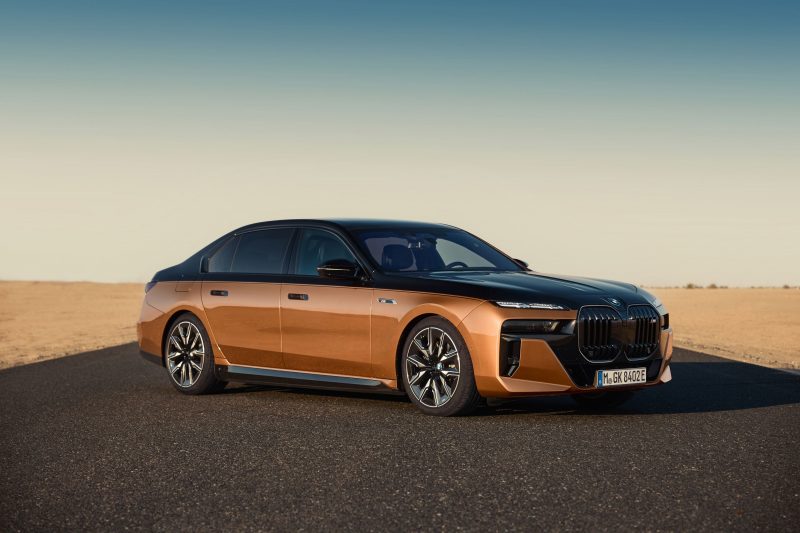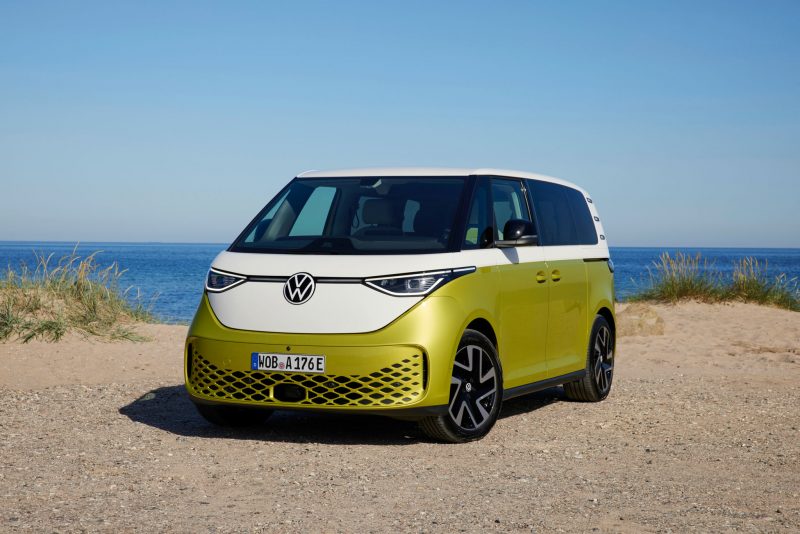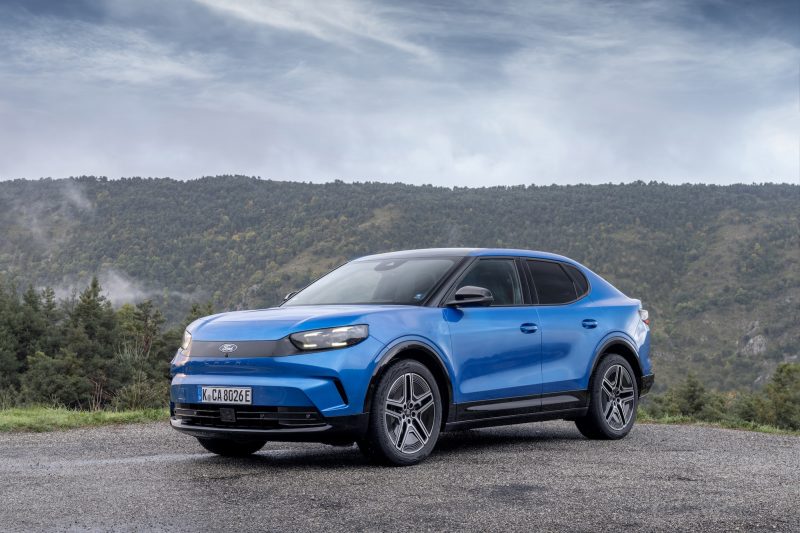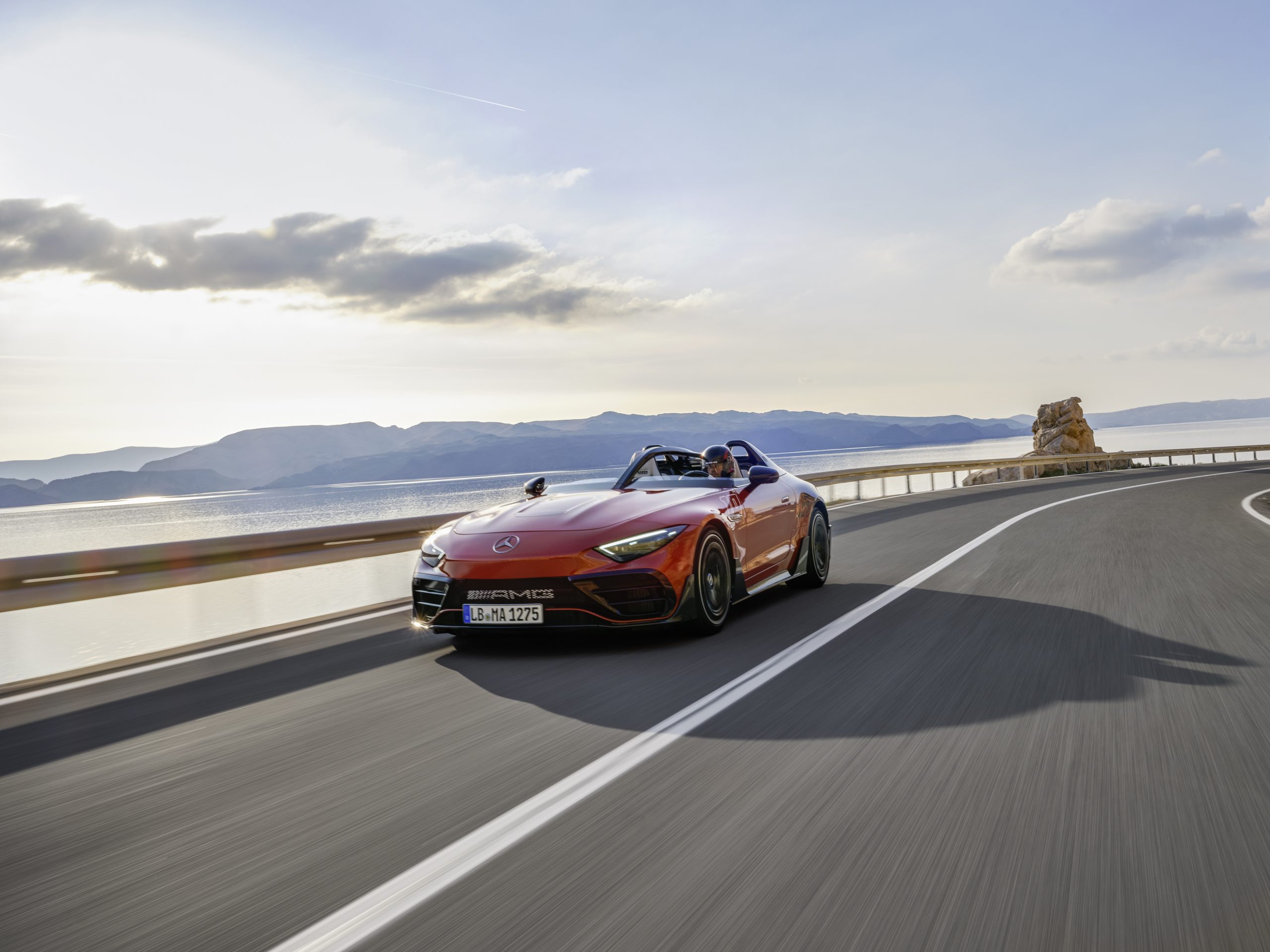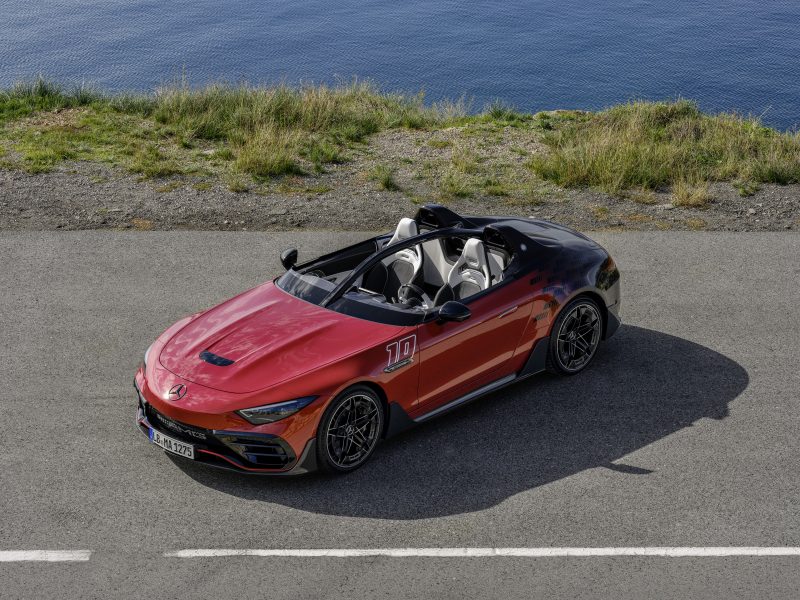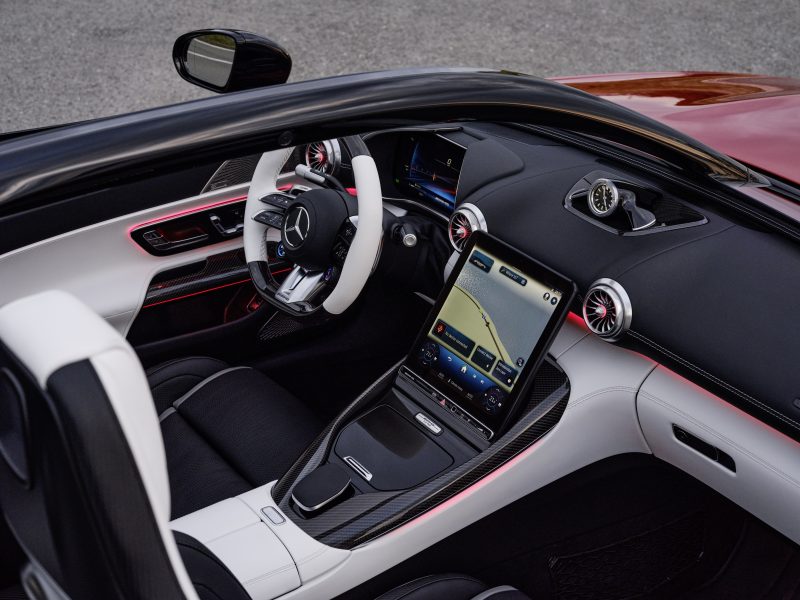A thorough clean of a car can be a good way to start a new year.
During winter, our cars get a battering of frost, snow, rain and grit. So, by the time a new year rolls around, many cars look as though they’ve been driven through numerous off-road courses.
But giving your car a thorough going-over from top to bottom can provide a great start to the next 12 months – and it’ll help prolong the life of your car, too.
We’ve compiled a list of examples of how you can breathe a little bit of life back into your motor this coming new year.
Deep clean
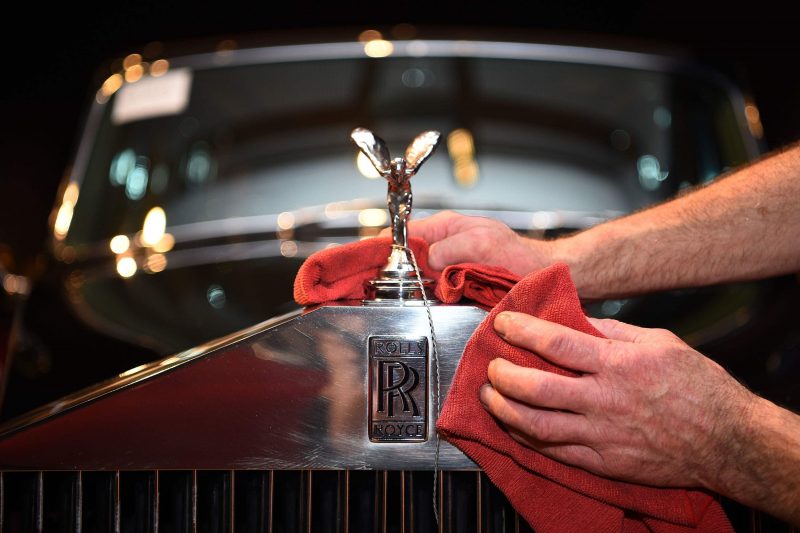
A good place to start is with a deep clean of your car, both inside and out.
For the outside, make sure that you use plenty of hot and soapy water (using a dedicated car cleaner as dish soap can strip the paint of its natural protection), a pressure washer and a microfibre mitt. Start with the wheels, too, and, again, a dedicated cleaner with a brush to agitate the dirt can make things a whole lot easier.
For an extra car treat, finish off with a wax. You might want to purchase a proper polisher but, if the funds won’t allow, then a soft microfibre polishing mitt and some extra effort can still achieve a showroom shine.
Repair any scratches or dents
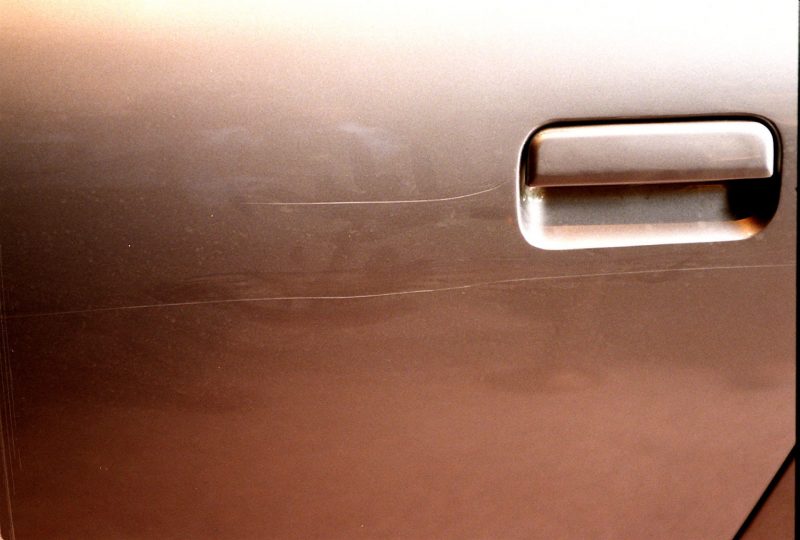
Small scratches can often be repaired at home. You’ll find plenty of kits and equipment to help with that process on sale, while a little bit of elbow grease can go a long way. For larger imperfections, it’d be best to visit a dedicated repair shop and have them sorted professionally.
Small dents, depending on where they are located on the vehicle can be popped out using a ‘paintless’ dent removal company. They use special rods to get behind the dented parts to pop the damage out. It costs around £80 per panel to do so. Despite the cost, the results are always worth it and it will bring a lot more value to your car.
Give the interior a thorough clean and wet vax
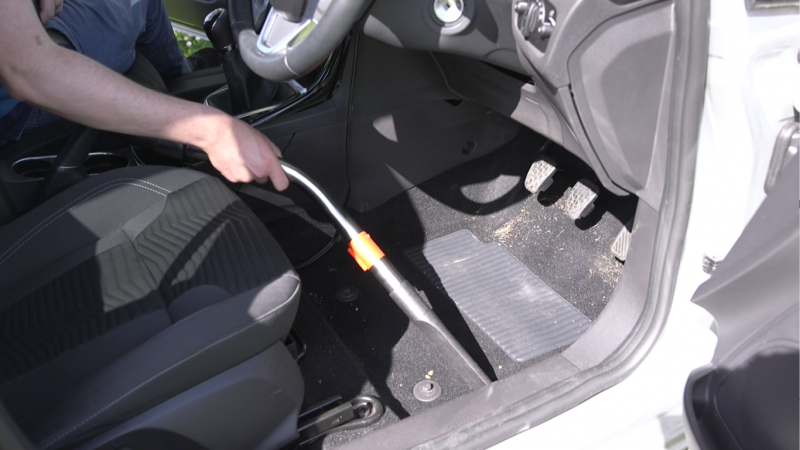
The interior of a car can get incredibly dirty in the winter. Constantly getting in and out with muddy shoes and boots will have a big impact, and it’s made particularly worse if you have kids and pets.
The interior of your car can be brought back to life with the right products including a wet vax, a drill brush and some interior cleaner. A drill brush will remove any stubborn deposits buried in the carpets and will loosen any dirt or debris. The wet vax will then suck up all of that ingrained dirt and will remove any nasty stains on the carpets and upholstery to reveal a new finish. It will eliminate any odours such as cigarette smoke and dog hairs – giving the interior a much better neutral smell.
Refurbish the alloy wheels

A great way to add value to your car is to have your alloy wheels refurbished. Like with many cars that start to get on a bit in age, their alloy wheels begin to corrode, or get a battering from kerbs – making them look tired and unloved.
Refurbishing them can transform the look of the car instantly. Just double-check to see if your car features a diamond-cut alloy design, as you may have to pay extra or take it to a specialist as not all alloy wheel refurbishers have the tools to repair that type of finish.
Give it a service
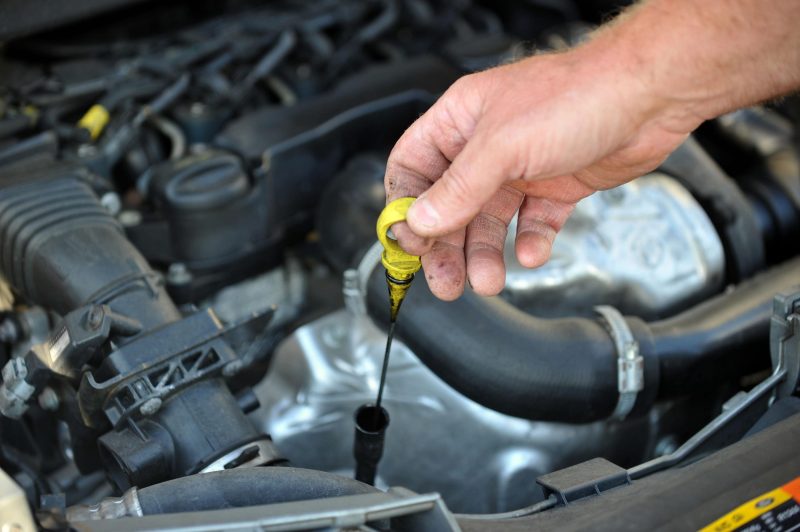
One simple thing you can do to give peace of mind is to give it a thoroughly good service. If you’re a mechanically minded type, then you can do it yourself on your driveway, or you can book your car into a reputable garage and let them do the work for you.
A major service will usually include a change of engine oil and a new filter, new spark plugs, air filter, pollen filter and even new gearbox oil to make sure everything is running smoothly for the next 12 months or 10,000 miles at least.
By Cameron Richards


